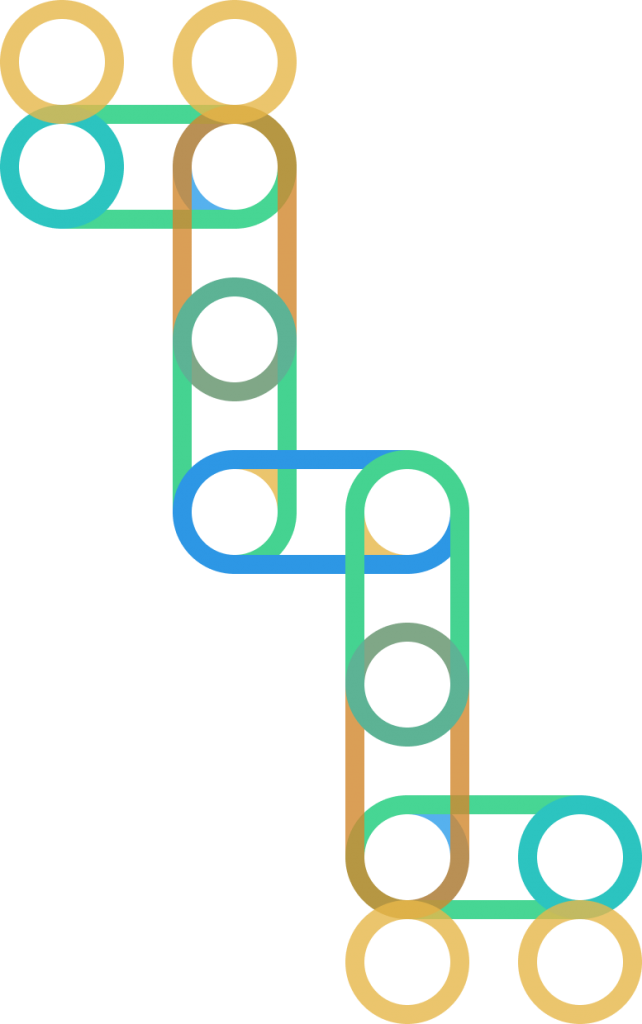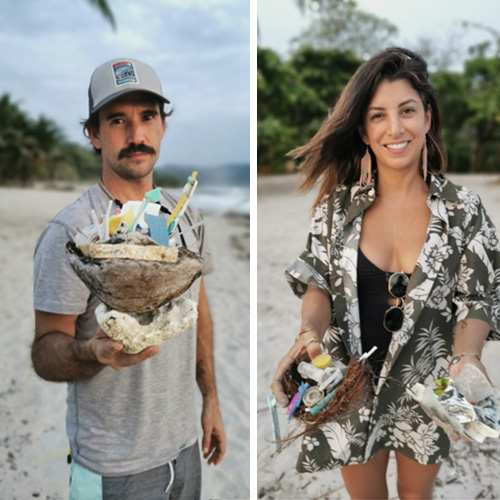
Discover how nature's genius is transforming PET plastic design through biomimicry. From honeycomb structures to chameleon-inspired colour changes, learn how these innovative, nature-inspired solutions are paving the way for sustainable and resilient packaging. Dive into our blog to explore the future of eco-friendly PET plastic.

In the quest for sustainable materials, the packaging industry has turned to nature for inspiration. Biomimicry, the practice of emulating nature’s designs and processes, offers promising solutions for enhancing the functionality, sustainability, and recyclability of PET (Polyethylene Terephthalate) plastics. This article explores the intersection of biomimicry and PET plastic design, highlighting innovations inspired by nature and their potential to transform the industry.
Learning from nature to revolutionise PET plastic design
1. Beetle-inspired water harvesting
The Namib Desert beetle’s shell, which collects and channels water, has inspired designs for PET surfaces that optimise condensation. This technology can be used in arid regions to create PET bottles that help harvest and store water, turning packaging into a life-sustaining resource.
2. Honeycomb structures: lightweight and durable
The honeycomb structure found in beehives is renowned for its strength and lightness. PET materials designed with a honeycomb pattern can create lightweight yet durable packaging, reducing the amount of plastic needed and lowering transportation emissions. EconCore’s proprietary ThermHex technology, for instance, produces honeycombs from recycled PET, combining excellent mechanical properties with low production costs.
3. Chameleon-inspired colour change
Inspired by the colour-changing abilities of chameleons, researchers have developed PET packaging that changes colour based on the contents’ temperature or freshness. This technology helps consumers identify the best time to use a product, reducing food waste and ensuring optimal freshness.
4. Spider silk-inspired strength
The extraordinary strength and flexibility of spider silk have inspired scientists to enhance the durability of PET plastic. By incorporating biomimetic design principles, PET can be made stronger and more resilient, extending the lifecycle of products and reducing waste.
5. Eco-design principles: lightweight and efficient
Incorporating eco-design principles to create PET products that are lightweight, durable, and easily recyclable can reduce material use. For example, designing bottles with thinner walls without compromising strength promotes resource efficiency.
Biomimicry and the circular economy: enhancing PET plastic recycling
Biomimetic principles can significantly improve the recyclability of PET plastics, contributing to a circular economy where materials are reused and recycled efficiently.
1. Advanced recycling methods
Innovative recycling technologies, such as chemical recycling, break down PET plastics into their molecular components. This process allows for the creation of high-quality PET resin that can be reused repeatedly, closing the loop on PET recycling.
2. Reverse vending machines
Deploying reverse vending machines incentivises consumers to return used PET bottles for recycling. Machines that reward consumers with discounts or credits for returning PET containers make recycling more appealing and convenient, enhancing the efficiency of waste management systems.
The intersection of biomimicry and PET plastic manufacturing
Biomimicry not only influences the design of PET products but also transforms the manufacturing processes, making them more sustainable and efficient.
1. Closed-loop systems
Developing closed-loop manufacturing processes where waste and by-products are minimised and reused within the system is crucial. For instance, recycling process water and chemical solvents can reduce waste and emissions, creating a more sustainable production cycle.
2. Catalytic innovations
Using advanced catalytic processes, like enzyme-based catalysis, improves reaction efficiencies and reduces the need for excessive heating. This lowers energy requirements and enhances reaction specificity, making the manufacturing process more environmentally friendly.
Learning from nature: biomimicry’s impact on the future of PET plastic waste management
Biomimicry offers innovative solutions to the global problem of PET plastic waste, making recycling more efficient and effective.
1. System integration
Fostering collaboration between manufacturers, suppliers, consumers, and policymakers is essential for creating a cohesive PET production system. Industry consortia and public-private partnerships can drive innovation and sustainability.
Systems change starts by studying nature
By adopting a systems model for PET plastic production inspired by biomimicry, we can create a regenerative and sustainable cycle that minimises environmental impact and promotes resource efficiency. This holistic approach addresses the challenges of PET plastic production and sets the stage for a future where plastics contribute positively to a sustainable world. Through innovation, collaboration, and a commitment to sustainability, the PET industry can lead the way in crafting a greener, more resilient future.
LOOKING FOR MORE INSPIRATION?
Systems thinking can help us see PET plastics differently, not as an insurmountable problem but as a challenge we can collectively address. If you’re looking for more examples of inspirational solutions around the world dive deeper into the adaPETation® Solutions Network and let’s reshape our world for the better.
Share it
THE HISTORY OF PLASTIC
Throughout the history of plastic, PET has been crucial in keeping food fresh with lightweight and durable packaging solutions that have helped reduce food waste for almost a century. Learn all about the invention of plastic and the important role it has played feeding people and saving the lives of humans and elephants in the adaPETation® timeline of the history of plastic.





